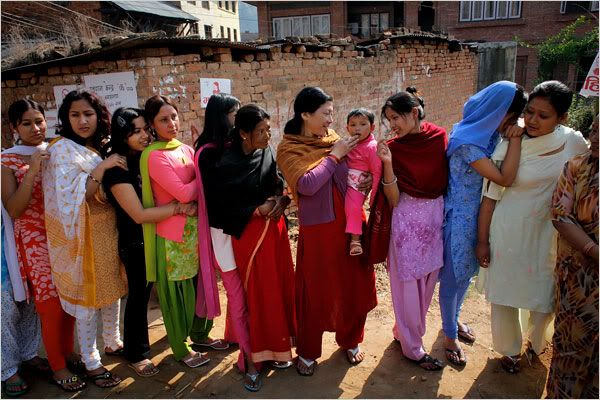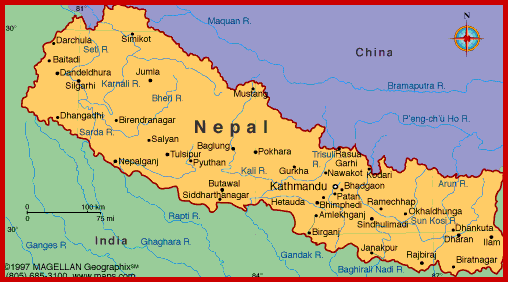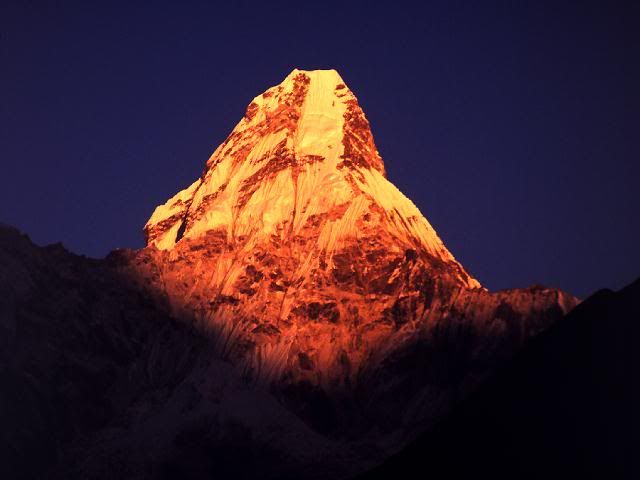Spiny Babbler is a one type of bird that is found only in Nepal. Nepal is a rich in the different species Birds. Spiny Babbler is the new record in the world being a rare animal that is found only in Nepal. It is good news to all visitors was quickly spread especially in Sauraha like wildfire.
Some species of birds are as follows they have been spreading our glory all over the world. Black Francolin, Hill Partridge (heard), Fulvous-breasted Woodpecker, Greater Yellownape, Grey-headed Woodpecker, Great Barbet, Blue-throated Barbet, White-throated Kingfisher, Common Hawk Cuckoo (heard), Indian Cuckoo, Drongo Cuckoo, Green-billed Malkoha, Mountain Scops Owl, Collared Owlet, Ashy Wood Pigeon, Oriental Turtle Dove, Spotted Dove, Crested Serpent Eagle, Eurasian Hobby, Long-tailed Broadbill (heard), Golden-fronted Leafbird, Orange-bellied Leafbird, Long-tailed Shrike, Common Green Magpie, Rufous Treepie, Grey Treepie, Maroon Oriole, Long-tailed Minivet, Scarlet Minivet, Ashy Drongo, Blue-capped Rock Thrush, Blue Rock Thrush, Orange-headed Thrush, Dark-sided Flycatcher, Pied Bushchat, Velvet-fronted Nuthatch, Black-lored Tit, Himalayan Bulbul, Red-vented Bulbul, Ashy Bulbul, Mountain Bulbul, Black Bulbul, Striated Prinia, Grey-breasted Prinia, Oriental White-eye, Common Tailorbird, Greenish Warbler, Grey-hooded Warbler, White-crested Laughingthrush, Streated Laughingthrush, Rusty-cheeked Scimitar Babbler, Black-chinned Babbler, Grey-throated Babbler, Spiny Babbler, Cutia, Nepal Fulvetta, Black-chinned Yuhina, Rufous-winged Bushlark, Pale-billed Flowerpecker, Fire-breasted Flowerpecker, Grey Wagtail, Olive-backed Pipit.
The have a special characters that a bird perching on the tree down hill just below the trail, He suddenly jumped on his feet with both fisted-hands raised on air, shouting loud, "Spiny Babbler!" anyone can be staring him for a while with utter disbelief as they had never thought that the only endemic bird of Nepal could be spotted so close to my land (I have bought a piece of land there).






